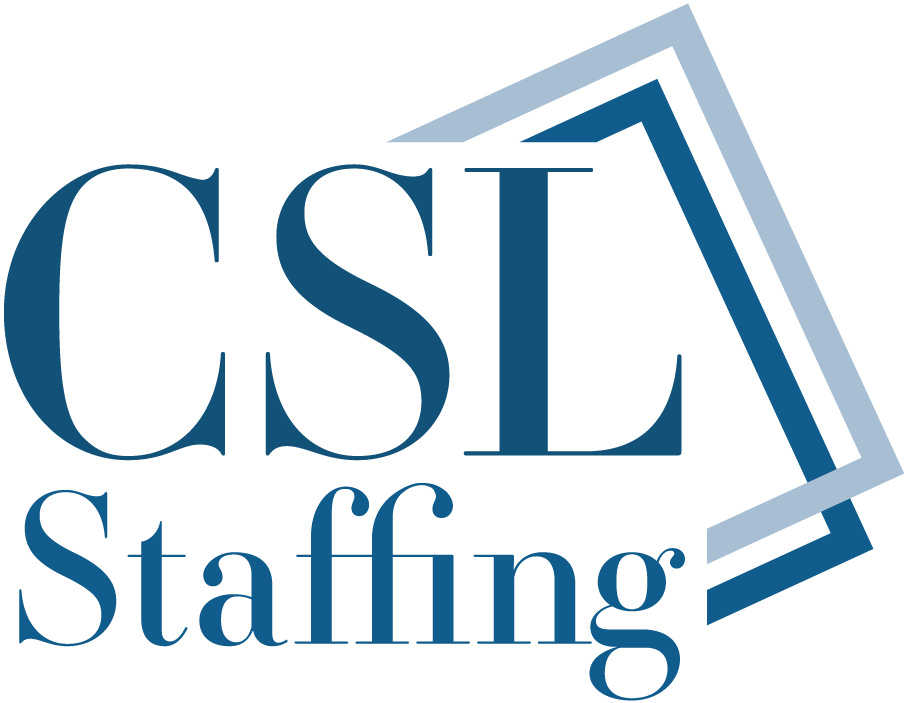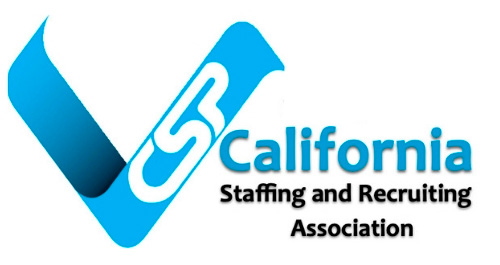Updated Pay Data Reporting FAQs Released

One new law taking effect January 1, 2021, requires employers, who have 100 or more employees and are subject to federal EEO-1 reporting, to complete employee demographic and pay data reports and, then, submit them to the California Department of Fair Employment and Housing (DFEH). As previously reported, the DFEH released some initial FAQs to assist employers with meeting the March 31, 2021, reporting deadline. And now, the DFEH have recently released an update to their Pay Data Reporting FAQs.
On November 23, 2020, the DFEH revised their Pay Data Reporting FAQs, providing guidance on who must file the reports and which employees must be counted and included in the reports. According to the DFEH, employers must submit these pay data reports if the employer is:
- A private-sector employer that regularly employs 100 or more total employees regardless of where the employees are located; and
- Required to submit an EEO-1 report pursuant to federal law.
For counting purposes, the DFEH states that employers must count any individual on the employer’s payroll whom the employer is required to include on their EEO-1 report and for whom the employee is required to withhold social security taxes regardless of whether the employee is full time, part time, a temporary worker or an independent contractor.
The DFEH also provided guidance on which employees to include in the DFEH reports. Employers not only must include all employees working in California, whether reporting to a worksite or working remotely, but also include all employees working outside of California that are “assigned” to a California establishment. This means that if an employer’s only physical presence is in California, all employees that work for it — regardless of the worker’s location — will need to be included in the report.
Also briefly discussed was the “snapshot period,” which is the one pay period the employer selects between October 1 and December 31 of the preceding year to use for the reports. Employers should include employees who were on the payroll during the “snapshot period” even if they’re no longer employed at the time the employers submit the reports by March 31.
Finally, part of the reporting process requires employers to provide information on employee demographics such as race and sex. The DFEH directs the employers to use the EEOC instructions for race and ethnicity in the EEO-1 Instruction Booklet. Because California recognizes male, female and nonbinary for gender, the DFEH will require employers to report all three types of employees, using the employee’s self-identification as the preferred method of identifying sex information for the report.
The DFEH indicates more information will come out as it provides further guidance on other aspects of the reports, such as pay, hours worked, multi-establishment employers and more, as well as a sample form for the reporting requirements. Stay tuned as HRWatchdog reports on the DFEH’s further support to employers in advance of the March 31, 2021, deadline to submit these pay data reports.
Matthew J. Roberts, Employment Law Counsel/Subject Matter Expert
CalChamber members can read more about EEO Reporting Requirements in the HR Library. Not a member? See how CalChamber can help you.
The post Updated Pay Data Reporting FAQs Released appeared first on HRWatchdog by Matthew J. Roberts, Esq..




